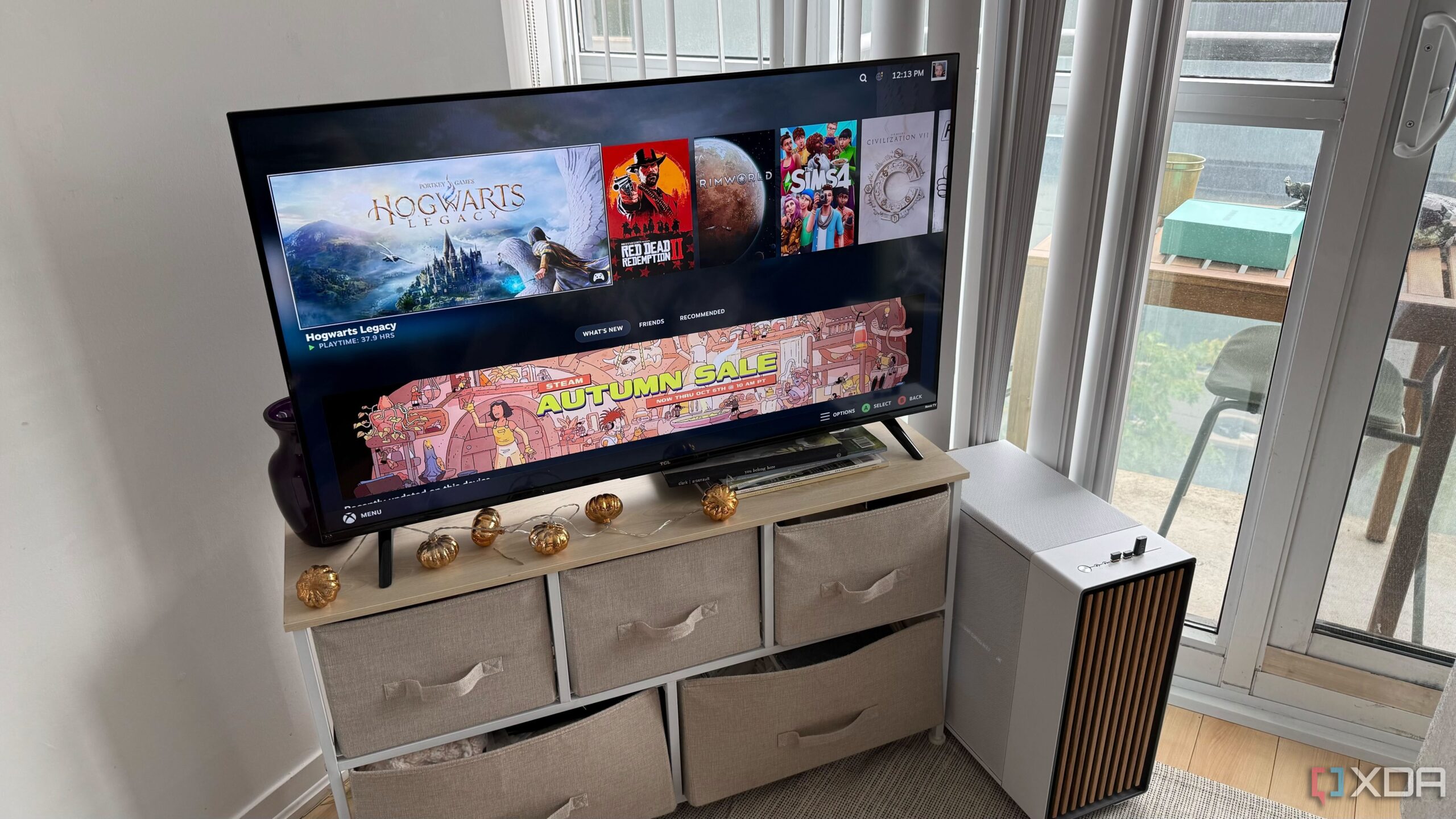The transformation of an outdated desktop computer into a modern living room entertainment hub has redefined the space for one tech enthusiast. This project not only enhances the room’s functionality but also integrates seamlessly with home décor, demonstrating how creativity can breathe new life into older technology.
From Standard Setup to Entertainment Center
Previously, the living room served mainly as a space for watching sports and occasional shows, limited by the standard Roku operating system on the television. The owner, who wishes to remain anonymous, longed for a true home theater PC (HTPC) but faced challenges in sourcing the necessary components. With a partner hesitant about the aesthetics of a conventional computer chassis, the project seemed daunting. However, by repurposing an existing desktop rig, the homeowner successfully created a sophisticated centerpiece that complements the living space.
The hardware selection was straightforward, utilizing the components from an old workstation and gaming rig. The system is powered by an Intel Core i7-10700K processor, known for its efficient cooling capabilities, paired with an EVGA FTW3 RTX 3080 graphics card. Although this GPU may be considered overkill for typical tasks, its performance ensures smooth gaming experiences at 4K 60FPS. The system also features an ASUS Prime motherboard, 32 GB of DDR4 RAM, and a 1 TB NVMe SSD, all housed within a carefully chosen case.
Design Considerations and Usability Enhancements
The selection of the case was critical to the overall aesthetic. The homeowner opted for the Fractal North in white, which harmonizes with existing furniture and minimizes visual clutter. By turning off the internal RGB lighting, the setup blends into the environment, avoiding the pitfalls of a traditional, bulky computer.
To facilitate a user-friendly experience, several additional components were necessary. A wireless keyboard and mouse were acquired for initial setup, while an Xbox controller was chosen for gaming and navigating menus from the couch. This choice capitalizes on the controller’s compatibility with Windows, allowing for easy connectivity with multiple devices through the Xbox Wireless Adapter.
Networking was addressed by running an Ethernet cable to the main switch, as the motherboard lacks built-in Wi-Fi capabilities. The operating system selected for this project was Windows, chosen for its user-friendliness and ability to allow family members to troubleshoot minor issues without ongoing technical support. Although plans for transitioning to SteamOS are in place for the future, the current setup provides a seamless experience with Windows, especially with automatic login and the Big Picture mode in Steam.
While some may argue that purchasing a console would offer a more compact solution, the owner emphasizes the versatility of a PC. The ability to use the system for a variety of tasks beyond gaming offers significant advantages over traditional consoles, which often come with limitations imposed by manufacturers.
In conclusion, this innovative project has transformed the living room into a multifunctional space. What was once a basic area for streaming sports and shows is now a dynamic hub, showcasing the potential of repurposing old technology with thoughtful design. The owner acknowledges future upgrades may involve swapping components for smaller ITX options, but for now, the project stands as a testament to the potential of creativity in technology reuse.







